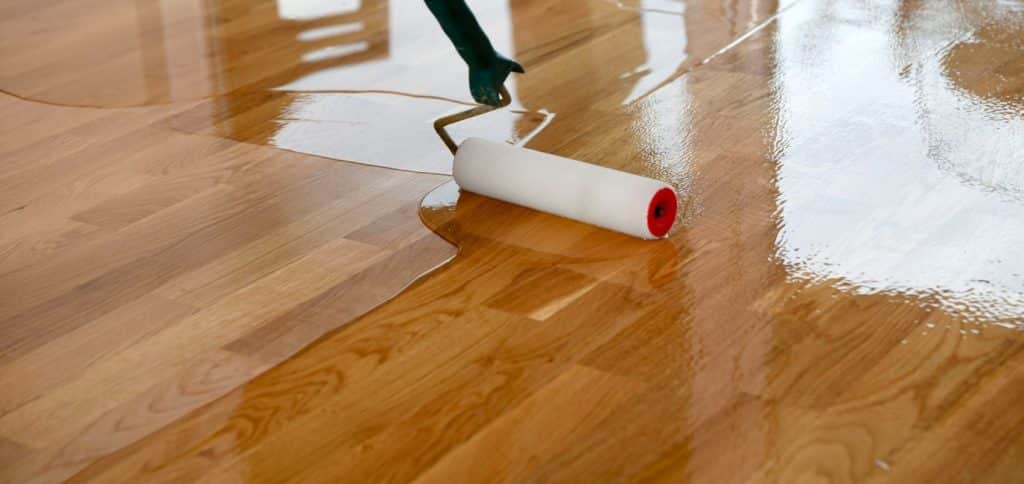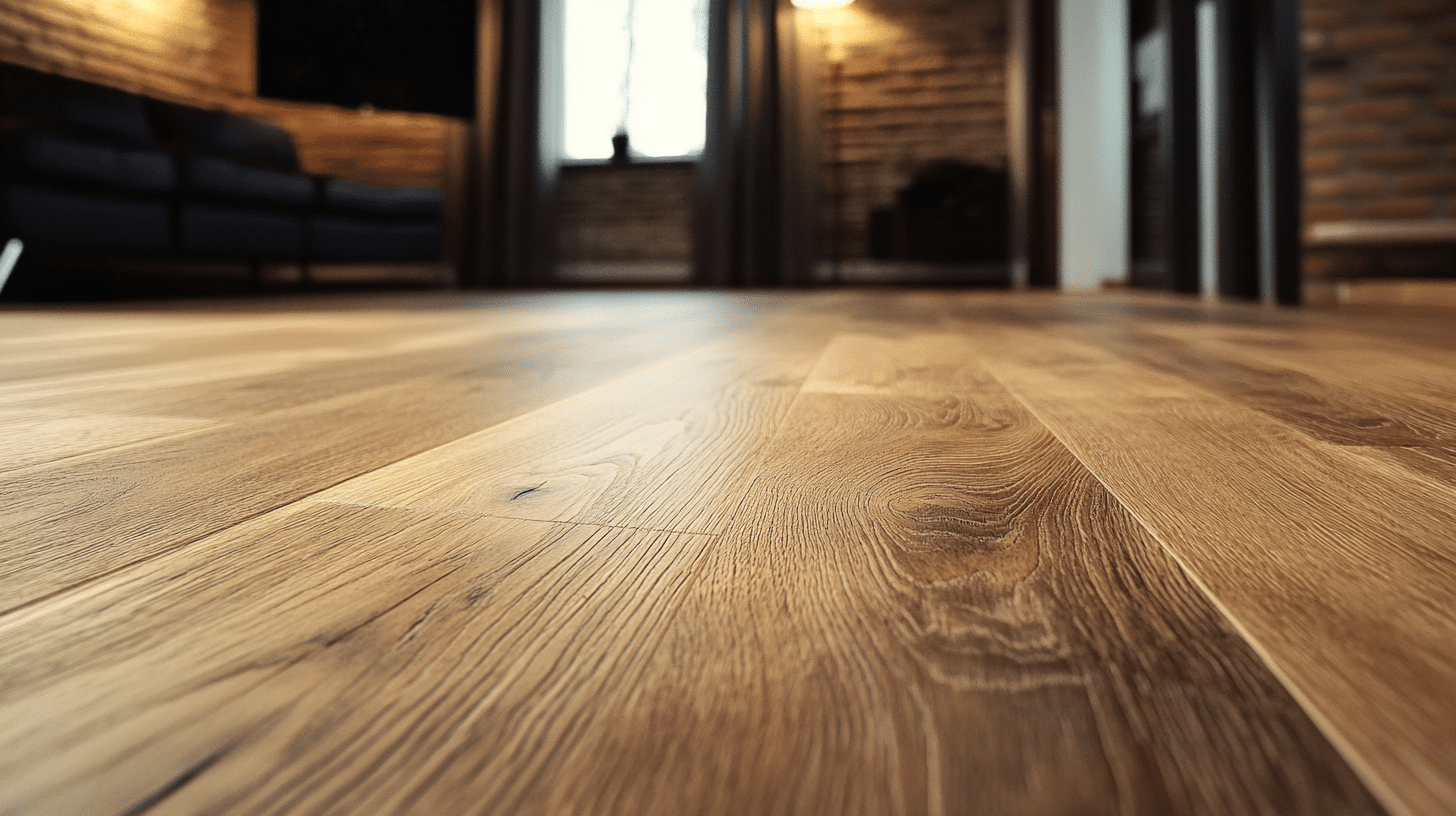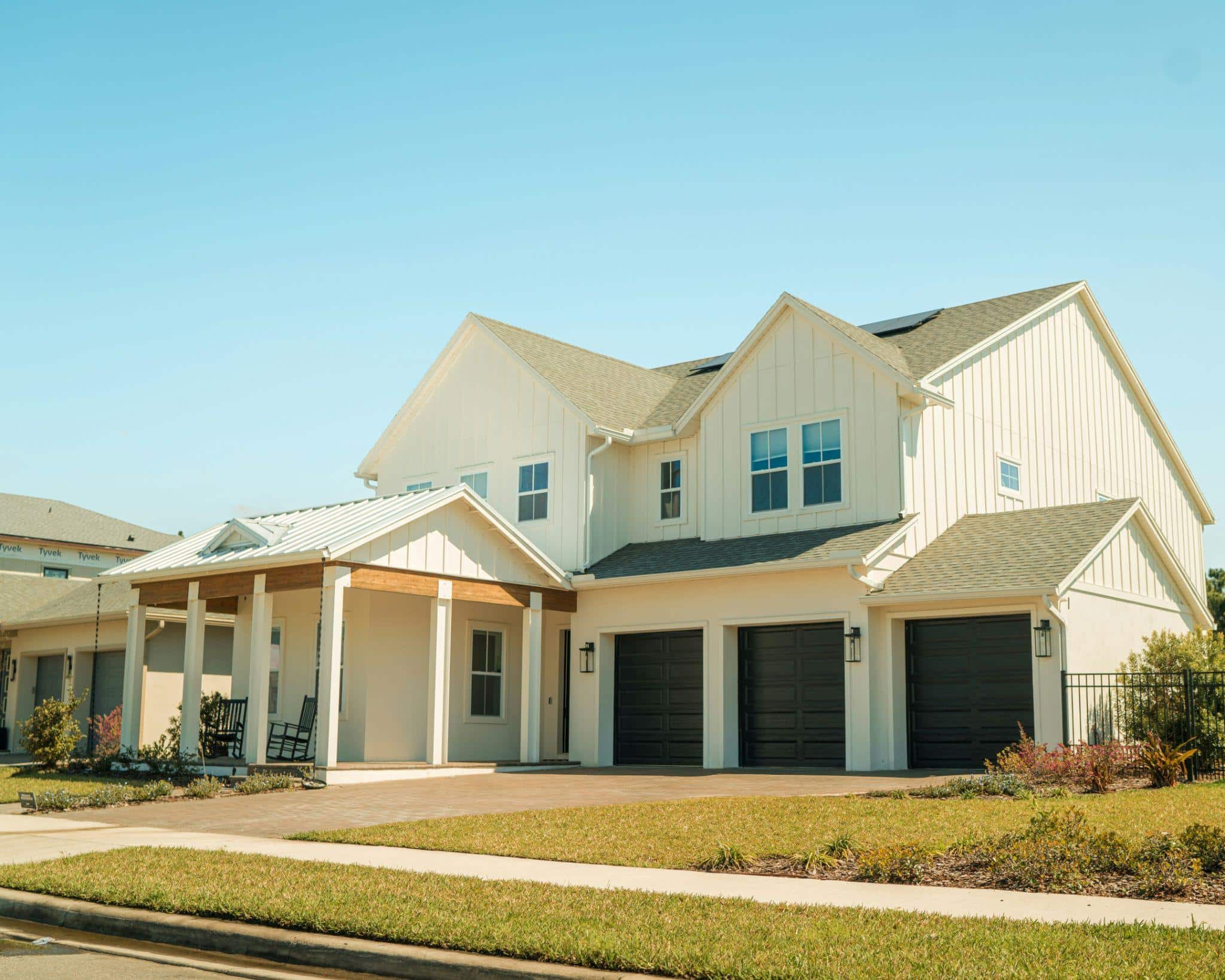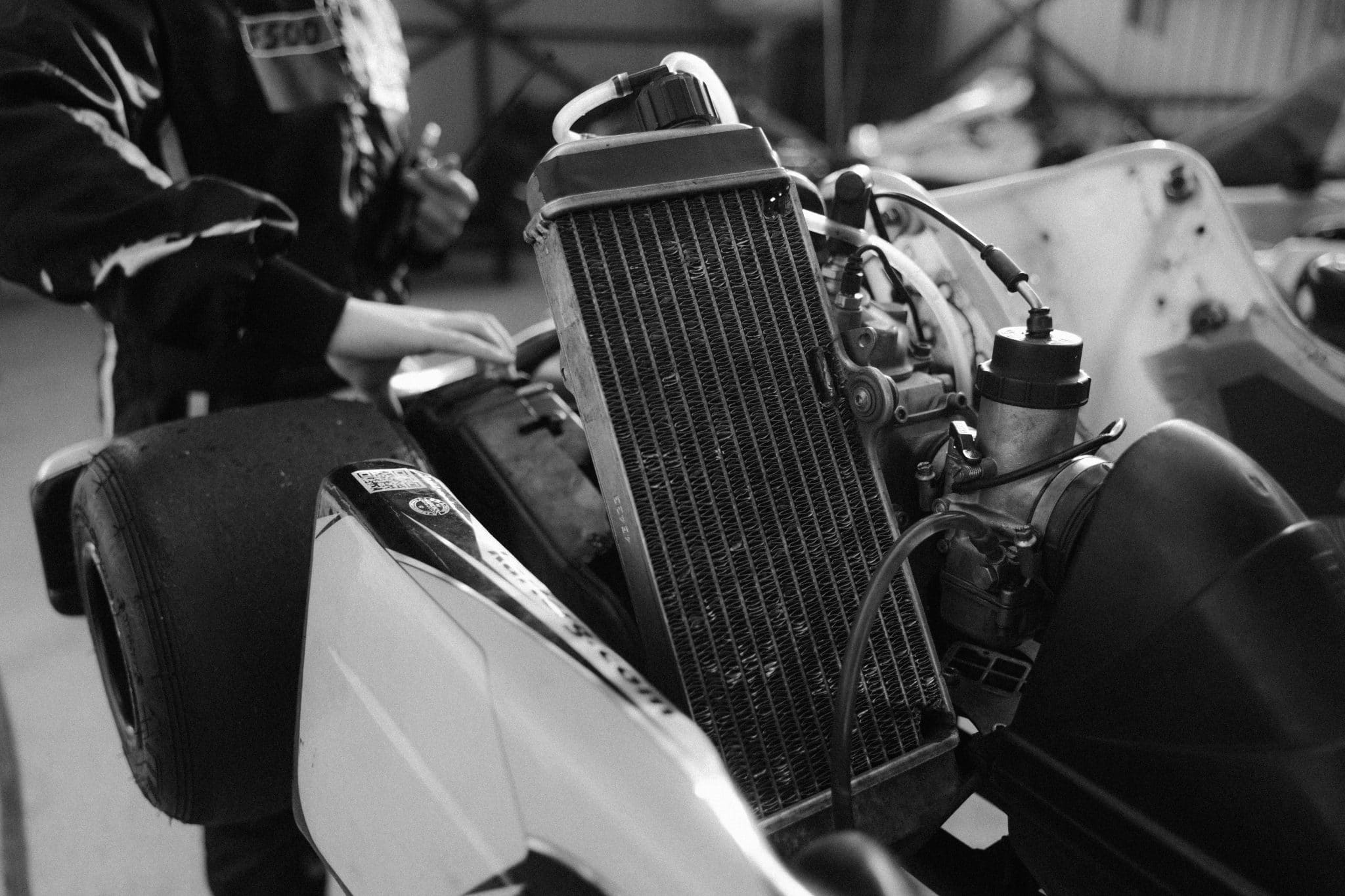Whether you’re aiming for a classic or modern aesthetic in your home, wood flooring offers plenty of versatility. Wood flooring has long since been a popular choice for homeowners thanks to its natural beauty, durability and timeless appeal. With its versatility in design, from different wood species to various finishes, wood flooring is capable of supporting any and all interior design styles.
Commonly Used Wood Species
Each species of wood brings its own characteristics; think grain patterns, hardness, and natural colour. This can make it difficult to choose what kind of wood you want in your home.
Oak is a popular choice with red oak being the most common option. Red oak is known for its prominent grain and warm, reddish hue. Its durable and versatile too! White oak, on the other hand, is slightly harder with a cool, neutral tone. Its grain pattern is quite subtle, making it ideal for more modern aesthetics.
Maple is a dense, hard wood with a light, creamy colour and a fine, consistent grain. With clear finishes, it takes on a contemporary look, but it can also be stained to create more dramatic tones.
Walnut, loved for its rich, dark brown tones, features a straight grain. Whilst its softer than oak, its luxurious appearance makes it a popular choice for more high-end homes and aesthetics.
Hickory is one of the hardest domestic woods. With colours ranging from light tan to deep reddish-brown, it offers a rustic look that works well in farmhouse or cabin-styled homes. Its grain pattern is striking and varied too.
Natural Colours and Stains

While each wood species has its own inherent colour, many choose to enhance or alter the natural appearance of their wood flooring. This can be done through staining.
Natural Wood Colours:
Species like maple, ash and some types of oak are naturally light in colour. These woods can create a clean, airy feel that’s ideal for minimalist or Scandinavian interiors. Especially as they tend to brighten spaces.
Mid-tone woods like cherry and red oak, bring warmth and comfort to a space. Making them great for traditional or transitional designs.
Walnut and some exotic woods naturally offer dark, rich tones. Dark floors add sophistication and drama to a room. However, they also show scratches and dust more easily.
Stained Finishes:
Stains can transform the look of any wood species. Allowing you to get the perfect floor design that suits your aesthetic.
Cool-toned grey stains are popular for modern and coastal designs. They pair nicely with white and light-coloured interiors; think sleek and contemporary.
Black stains then create a bold, high contrast look that adds a touch of drama to any room.
Whitewashed floors have a soft, weathered appearance. These floors are ideal for rustic or beach-inspired interiors.
Darker brown stains, from espresso to chocolate, add warmth and elegance. These are great for traditional or formal spaces.
Finishes: Matte, Satin, and Gloss

The final finish on your floor will dictate the level of sheen and protection your floor receives. With each offering different aesthetics and durability.
Matte finishes are low sheen, offering a natural, understated look. Ideal for rustic or modern designs, matte finishes are better at hiding scratches and dust than glossier finishes.
Satin is the most popular finish. It provides a soft sheen that strikes a balance between matte and glossy. Not only does it enhance the wood’s natural beauty without being overly shiny, but it also hides imperfections well. Making it a great choice for homes with children and pets.
Glossy finishes reflect the most light; this gives a polished, high shine look to floors. While glamorous, they can show wear and tear more easily, making them better suited for quieter, inactive spaces.
Types of Wood Flooring
Another aspect to think about when choosing wood flooring is the type.
Solid wood flooring is created from a single piece of wood. It can be sanded and refinished multiple times over its lifespan. When looked after properly, solid wood can last decades if not centuries – plus its exceptionally durable. However, it can be quite expensive and is prone to warping with temperature fluctuations.
Engineered wood flooring consists of a top layer of real wood that’s bonded to layers of plywood or high-density fibreboard. Unlike solid wood, engineered wood is more stable and less prone to warping with humidity changes. However, it can only be refinished and sanded a few times in comparison to solid wood.
Reclaimed wood flooring is an excellent choice for those who value sustainability and character. It’s salvaged from old barns, factories and warehouses. Coming in both solid and engineered varieties, reclaimed wood offers a unique patina that can’t be replicated in new wood.
Parquet flooring is traditionally associated with form or historical homes, but it’s capable of complementing more modern and contemporary interiors too. It’s composed of small pieces of wood that’s arranged in intricate patterns, such as herringbone or chevron. Parquet will add visual interest and a sense of luxury to your home too.
Final Thoughts
It can be difficult to choose what wood flooring suits you and your aesthetic best. Especially with such a wide range of species, stains, finishes and types to choose from. However, knowing the design style you’re after will help narrow down your choices.
For instance, if you’re after a more contemporary, coastal look, you’re best bet is with a lighter wood. Whereas if you’re seeking a dramatic, old-fashioned home, you’ll want to go for a wood in a rich, dark tone. At the end of the day, wood floors remain timeless for a reason; they’re incredibly versatile and durable.








